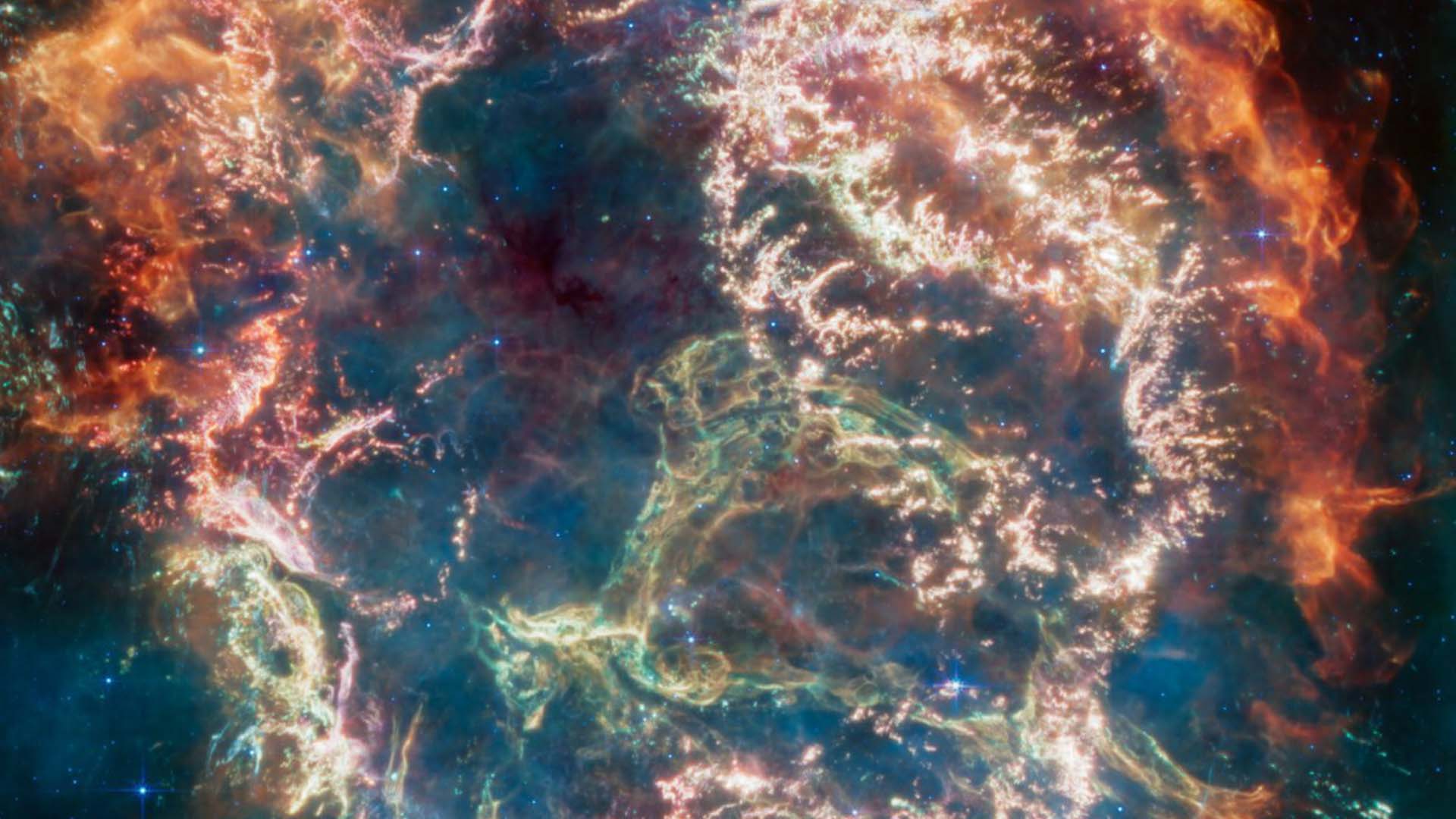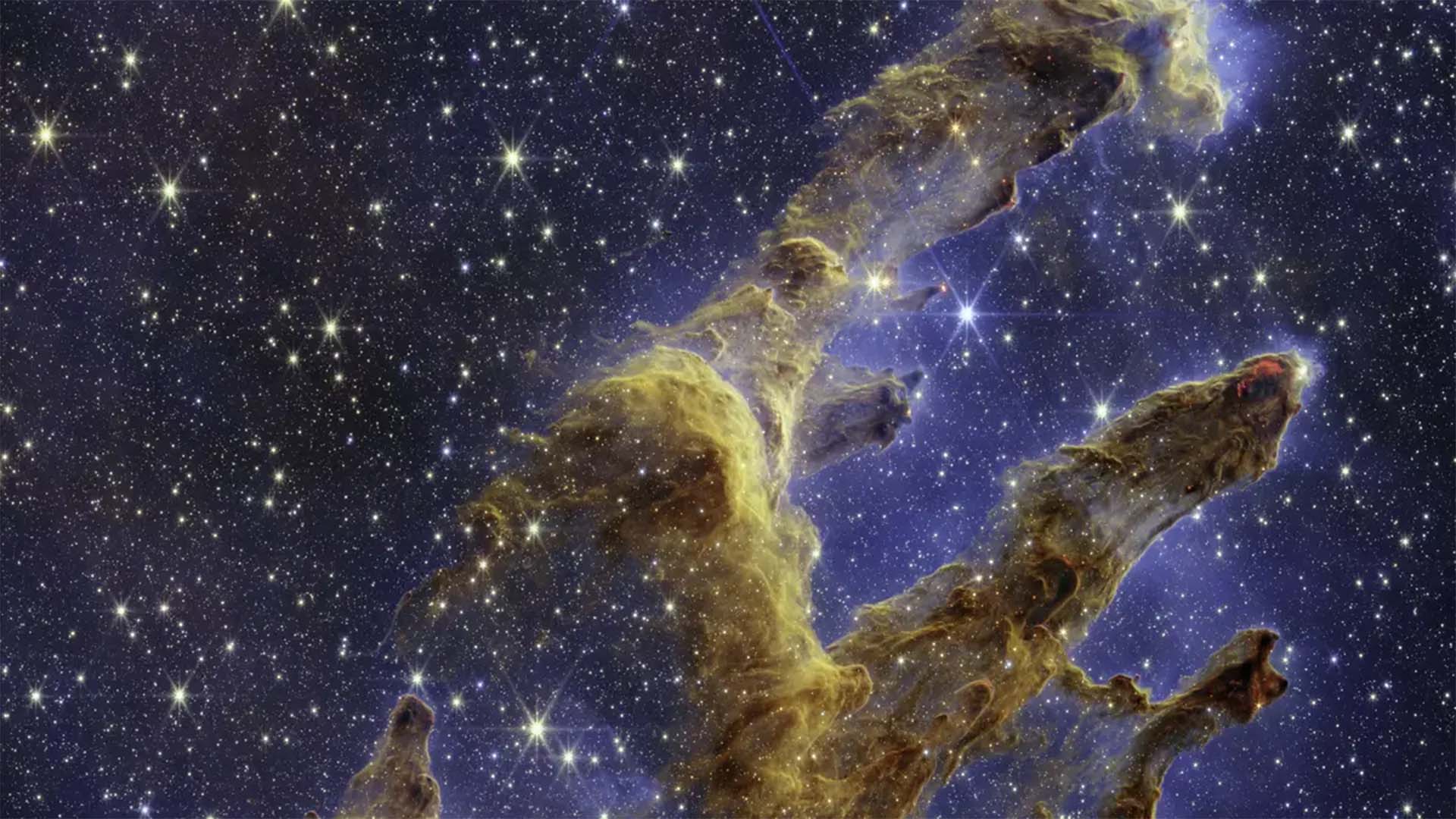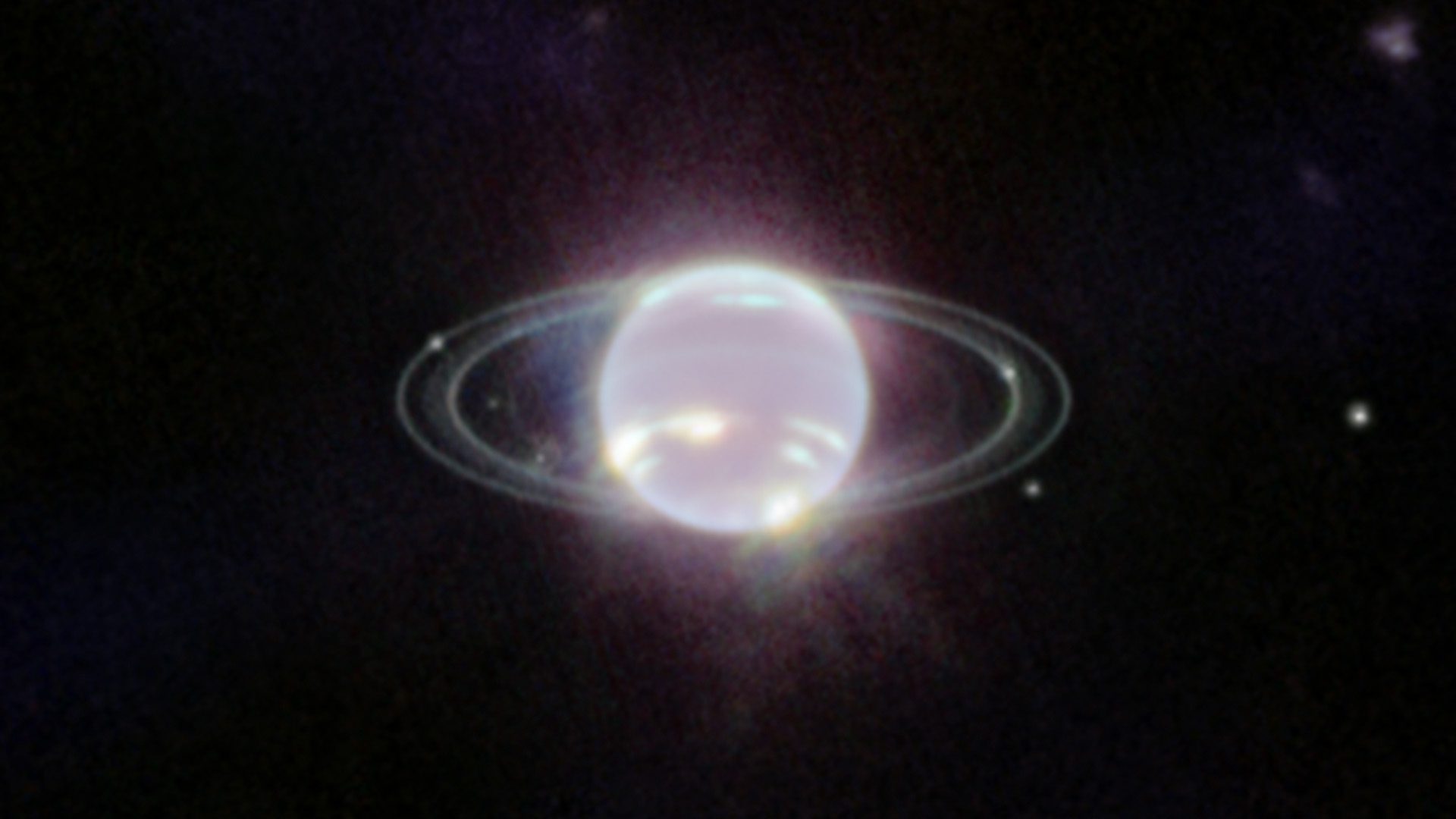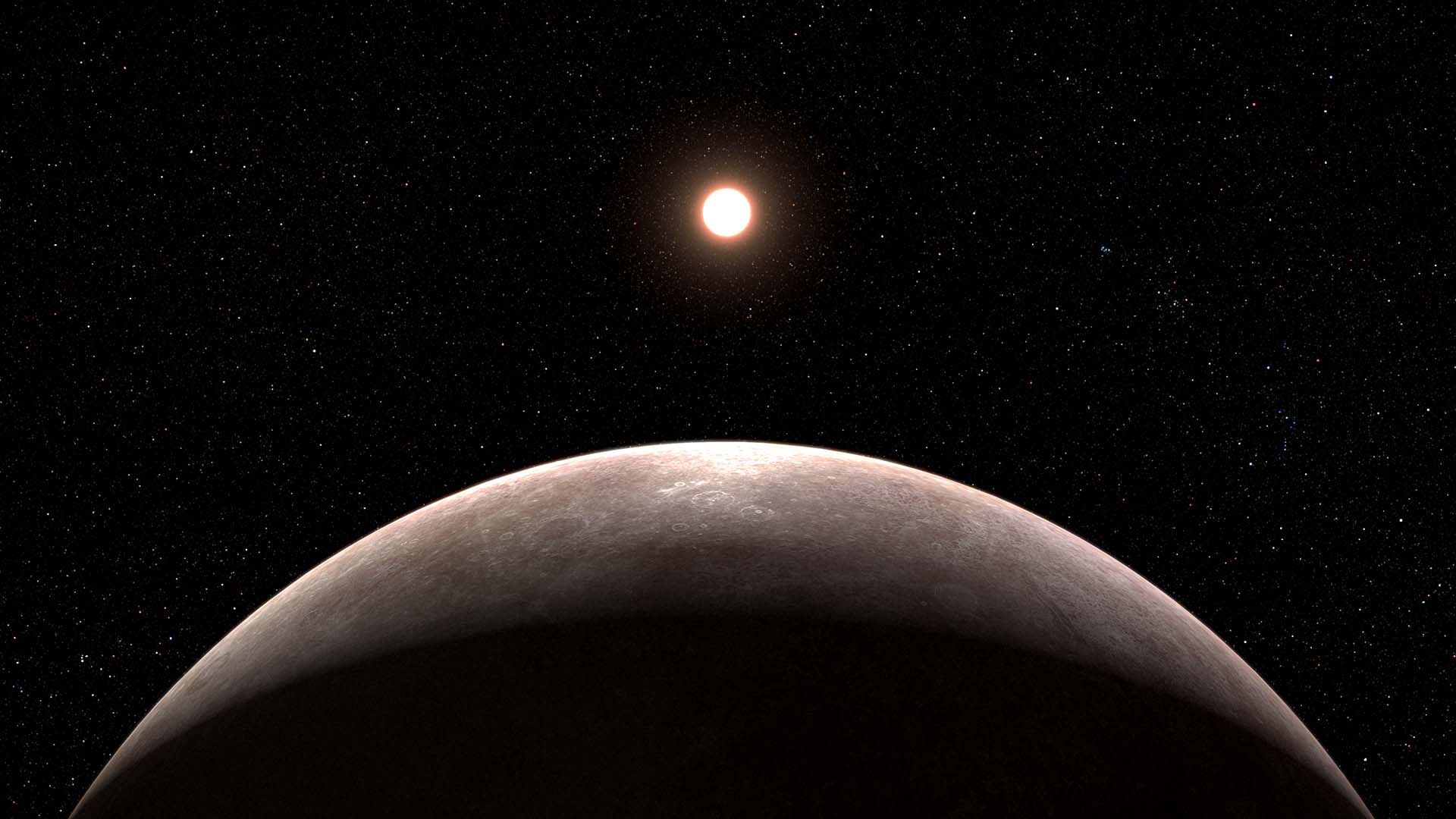Scientists recently discovered the most distant and oldest known black hole, which is approximately 13.2 billion years old.
NASA’s James Webb Telescope and Chandra X-Ray Observatory worked together over the past year to confirm the existence of the black hole. Researchers recently published their findings, confirming their belief that supermassive black holes existed at the start of the universe.

Researchers believe that the newly discovered black hole was formed approximately 470 million years after the Big Bang and is 10 times larger than the black hole in the Milky Way. According to the lead author Akos Bogdan of the Harvard-Smithsonian Center for Astrophysics, its weight is estimated to be anywhere from 10 to 100% the mass of all the stars in the galaxy.
“It’s just really early on in the universe to be such a behemoth,” said Yale University’s Priyamvada Natarajan, who took part in the study. “It’s astounding how this thing actually is sitting in place already with its galaxy so early on in the universe.”
This is also the most distant black hole yet seen in X-rays and its discovery may explain how some of the first supermassive black holes in the universe formed. The black hole is located in a galaxy dubbed UHZ1 in the direction of the galaxy cluster Abell 2744, which is located 3.5 billion lightyears away from Earth.
It was discovered using a magnifying effect known as gravitational lensing. Over two weeks of observations, Chandra showed the presence of intense, superheated, X-ray-emitting gas in the galaxy – a trademark of a growing supermassive black hole.
“We needed Webb to find this remarkably distant galaxy and Chandra to find its supermassive black hole,” said Akos Bogdan of the Center for Astrophysics | Harvard & Smithsonian (CfA) who leads a new paper in the journal Nature Astronomy describing these results. “We also took advantage of a cosmic magnifying glass that boosted the amount of light we detected.”
The discovery is important because it may help us understand how some supermassive black holes can reach colossal masses soon after the Big Bang. Researchers have theorized that there are a few possibilities on how they could form.
The first theory is that they could form from the collapse of massive clouds of gas, which would create black holes weighing between 10,000 and 100,000 suns. The second theory is that they could be created from the explosions of the first stars, which would create black holes weighing between 10 and 100 suns.
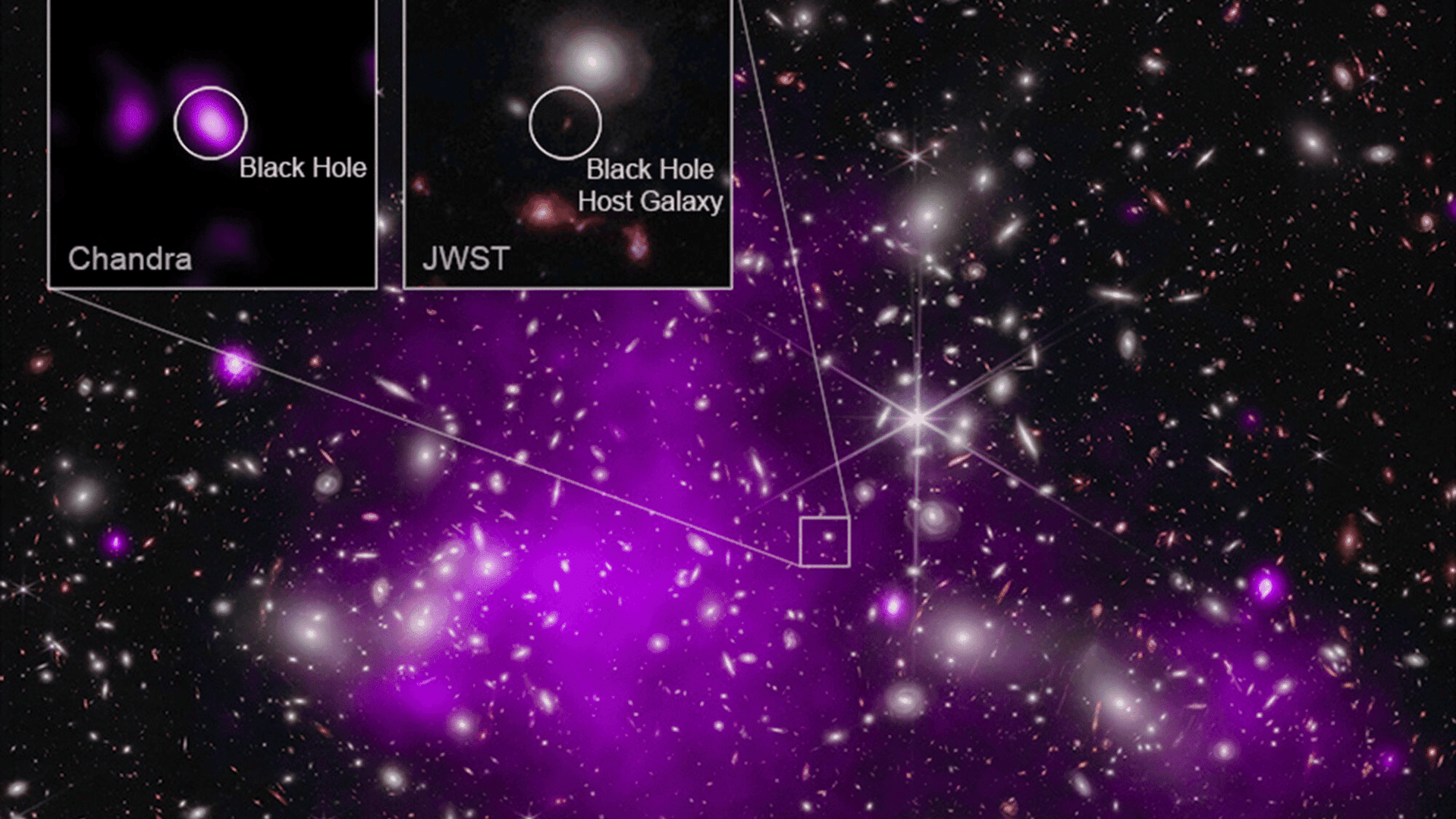
“There are physical limits on how quickly black holes can grow once they’ve formed, but ones that are born more massive have a head start. It’s like planting a sapling, which takes less time to grow into a full-size tree than if you started with only a seed”, said Andy Goulding of Princeton University. Goulding is a co-author of the Nature Astronomy paper and lead author of a new paper in The Astrophysical Journal Letters that reports the galaxy’s distance and mass using a spectrum from Webb.
Recent research indicates that this particular black hole was born massive, estimating between 10 and 100 million suns based on its brightness and the energy from the X-rays. The predicted size of the black hole at a young age seems to indicate that this one was formed by the collapse of a large cloud of gas.
“We think that this is the first detection of an ‘Outsize Black Hole’ and the best evidence yet obtained that some black holes form from massive clouds of gas,” said Natarajan. “For the first time, we are seeing a brief stage where a supermassive black hole weighs about as much as the stars in its galaxy before it falls behind.”
The researchers plan to use this and other results pouring in from Webb and those combining data from other telescopes to find new insights about the early universe. Additionally, according to Natarajan, there may be potentially older black holes out there waiting to be discovered.
“We are expecting a new window to open in the universe, and I think this is the first crack,” Natarajan stated.



